Architectural styles change with time but have always been about making spaces in the physical world; they have been grounded and followed certain principles. It has been believed to be about physical space. However, all aspects of society today are becoming increasingly digital. The involvement of digital technologies has led our lives to a point where physical and virtual spaces now coincide. Using technology as a tool has allowed the architect to capture his wildest dreams even though the idea was bound to its tangible nature. Artificial intelligence (AI) is also increasingly important in architectural design, providing architects with powerful tools to generate designs, analyse building performance, and optimise energy efficiency. In this article, we will explore the ways in which virtual and augmented reality and AI are being used to revolutionise architectural design and discuss the potential implications and future directions of these technologies in the field.

The physicality of Architecture
[Architects are trained to understand how people move through spaces and how elements like materials, composition, and scale can affect a person’s experience. In the virtual world, architects can create environments not limited by physical constraints. They can take advantage of this freedom to design aesthetically pleasing and functional spaces.
Today, when we use the word space, it can be interpreted as both physical and virtual spaces. Physical spaces are a result of urbanism and spatial planning. We have explored it and are aware of its possibilities and the laws governing it. Virtual space, on the other hand, is new and has endless applications too. The emerging advances in these spaces will mould the basics of architecture.]

Virtual and Augmented Reality in Architectural Design
Virtual reality (VR) and augmented reality (AR) are two technologies that are rapidly transforming the field of architectural design. VR allows architects to create immersive three-dimensional (3D) environments to explore and manipulate in real-time. This enables architects to understand better how their designs will look and function in the real world and to make changes to their designs on the fly.
AR, on the other hand, enables architects to overlay digital design models onto real-world environments, allowing them to test how their designs will look and function in context. This technology is particularly useful for architects designing buildings in urban environments with limited space or other constraints that need to be considered.
Architecture Visualization is considered an art form, so it has the power to move its audience. Be it the design client, potential customers, or players, when they can actually experience the design, they’re more likely to interact, collaborate, and comment long before the final version, giving them a sense of contribution to the whole—all while providing them with confidence that the design is really what they want.
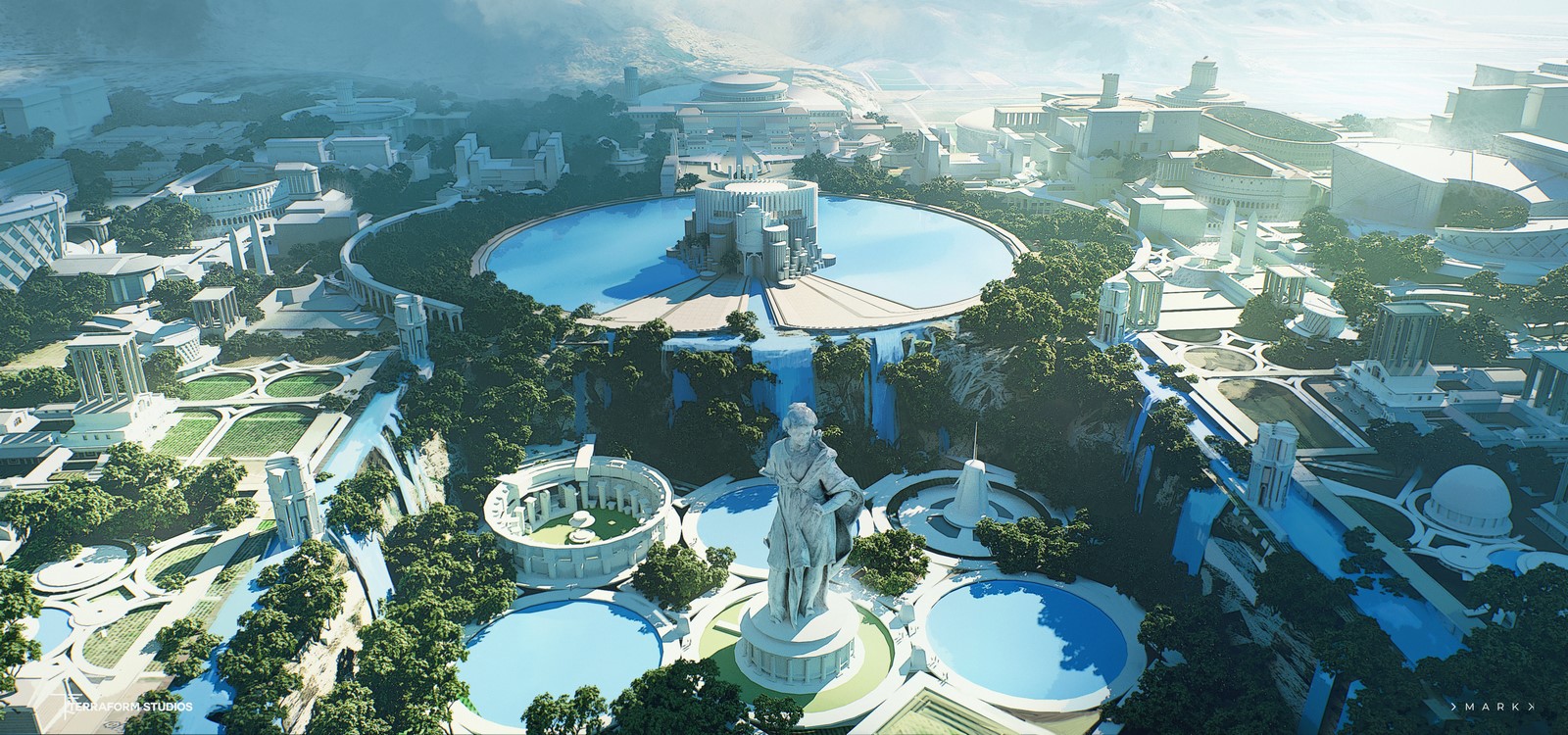
Although VR is also often used as an “umbrella term” for immersive experiences, here, we refer to the experience of a user putting on a headset that allows them to enter a simulated digital scene from a physical environment. Some of the requirements of this experience include the physical world is closed off to block out any sounds and the user’s sight. Even though the hardware seems complex, the result is the production of shifting images combined with lenses to simulate a virtual environment.
The new environment can be experienced as “wholly new” even though the simulation environments could be based on real places in the world. Compelling virtual environments often stimulate all the senses, but VR best stimulates a virtual and auditory experience.
In the gaming industry, we see this practice often, with or without the headset. The current market focuses on gaming virtual spaces because video games test technologies and cultural and social features of contemporary society. Video games and digital realities will transform spatial design, space-making methodology, and city governance. Gaming in architecture is a robust design tool, offering alternate perspectives to designers. (Alvarez and Duarte, 2021, p. 192). Architects have much to learn from video games, as video games create serendipitous and non-linear storytelling to shape environments. Most city-like video games mimic the real world to capitalize on our mental associations. (Alvarez and Duarte, 2021, p. 187)
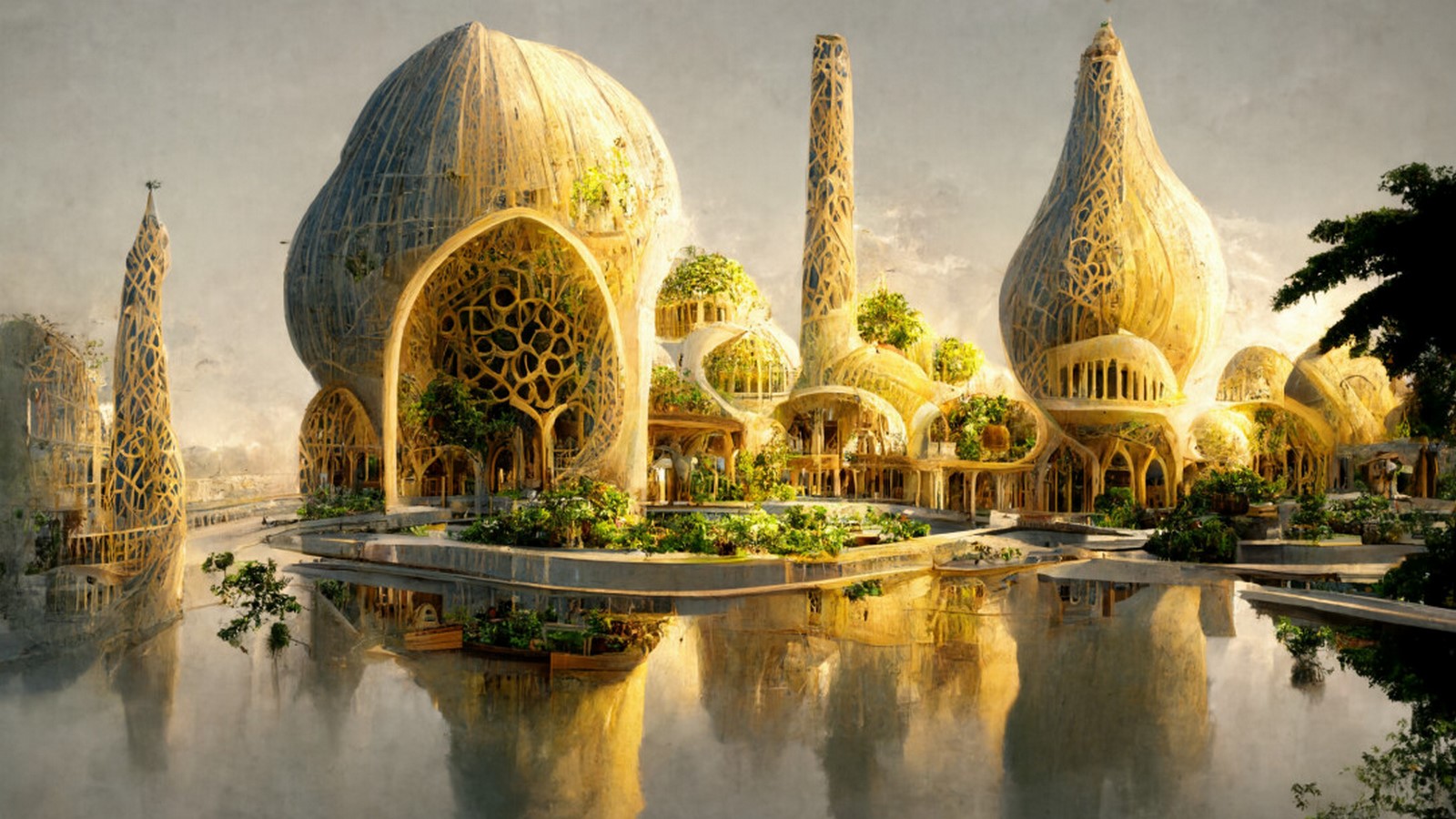
AI in Architectural Design
Artificial intelligence (AI) is also playing an increasingly important role in architectural design. One application of AI in architecture is in developing AI-assisted design tools. These tools use machine learning algorithms to generate architectural designs based on input from architects and parameters such as building codes and zoning regulations. This can save architects significant time and effort and help ensure that designs comply with relevant regulations and codes.
Another application of AI in architecture is analysing data on building performance and user behaviour. By analysing data on factors such as energy consumption, temperature, and user behaviour, architects can identify areas where improvements can be made to optimise building performance and energy efficiency. This can reduce energy costs and improve the overall sustainability of buildings.
There is no question that technology is adding texture to the current zeitgeist. But Artificial Intelligence and Machine Learning began much earlier than we think. John McCarthy coined the term ‘Artificial Intelligence in 1956. The General-purpose mobile robot ‘Shakey’ and the supercomputer ‘Deep Blue’ were designed in 1997.
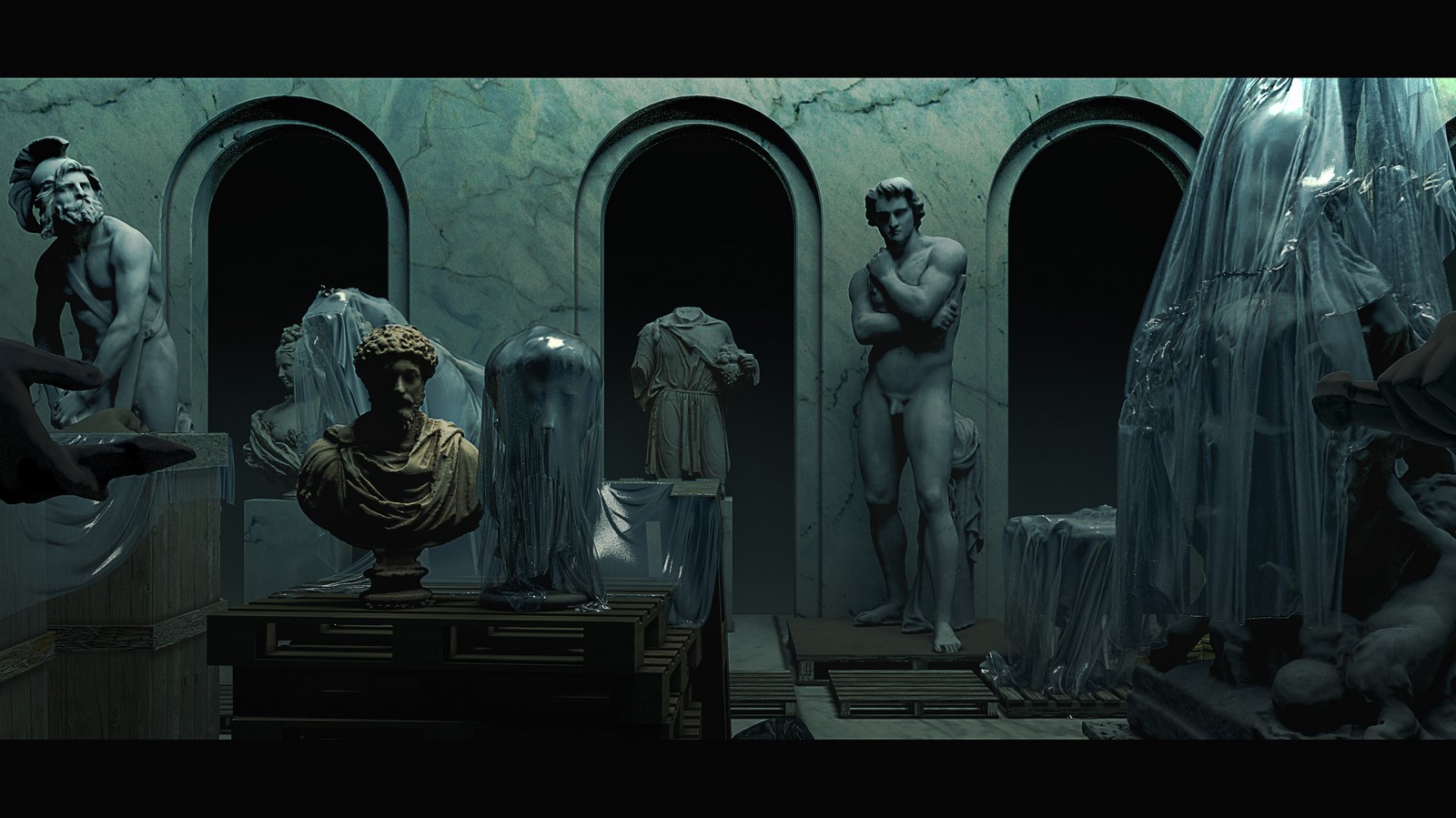
Every year, a bevvy of new phones, games, televisions and electronic reading devices ride into our lives on a tidal wave of interactive hype. These products, while handy, primarily confine their interactivity to the surfaces of screens, not precisely the kind of world-changing transformations we’ve been promised. Immersive experiences can range from simple virtual reality simulations to complex, multi-sensory installations that fully immerse the visitor in a particular time, place, or subject.
By blurring the lines between the physical and digital worlds, immersive experiences can provide a unique perspective on the subject matter and offer visitors a more interactive and participatory experience.
The scope of AI/VR museums is still emerging. Still, it is an exciting area of innovation in the museum industry with the potential to revolutionise how we experience and interact with cultural institutions. As long as we have physical bodies, we will need physical environments. Architects will design these spaces as they will be similar. This is because, in many cases, the same principles of spatial design that apply to physical spaces also apply to virtual ones. User experience, accessibility, and aesthetics will still be considered when designing virtual spaces.
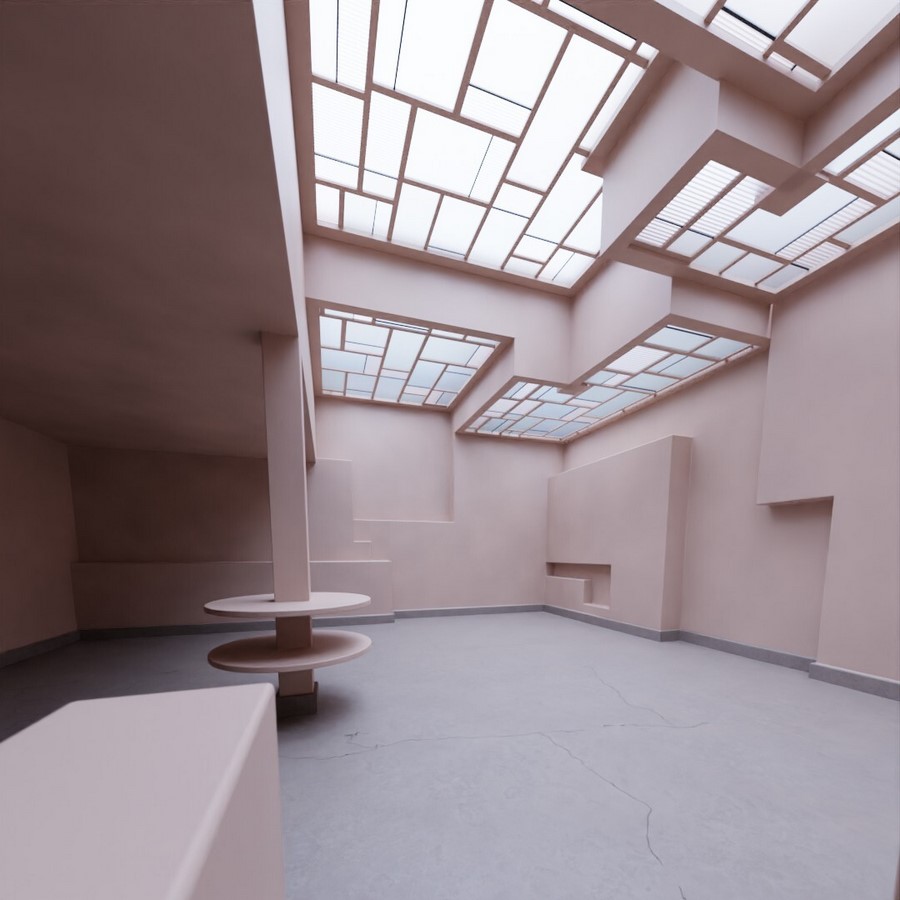
The Role | Virtual and augmented reality
[Understanding the right way to manipulate space, material, lights, and shadows in a hybrid environment and actively interact with them makes these technologies enticing in the design field. Architectural scholars Alberto Pérez-Gómez and Steven Holl have directly correlated human perception to the phenomenological experience of architecture. They believe in representational tools directly influencing the conceptual development of projects, specifically the generation of forms. From the evidence justifying this hybrid reality’s philosophical nature, research points positively to the practicality of digitalisation as the next step.
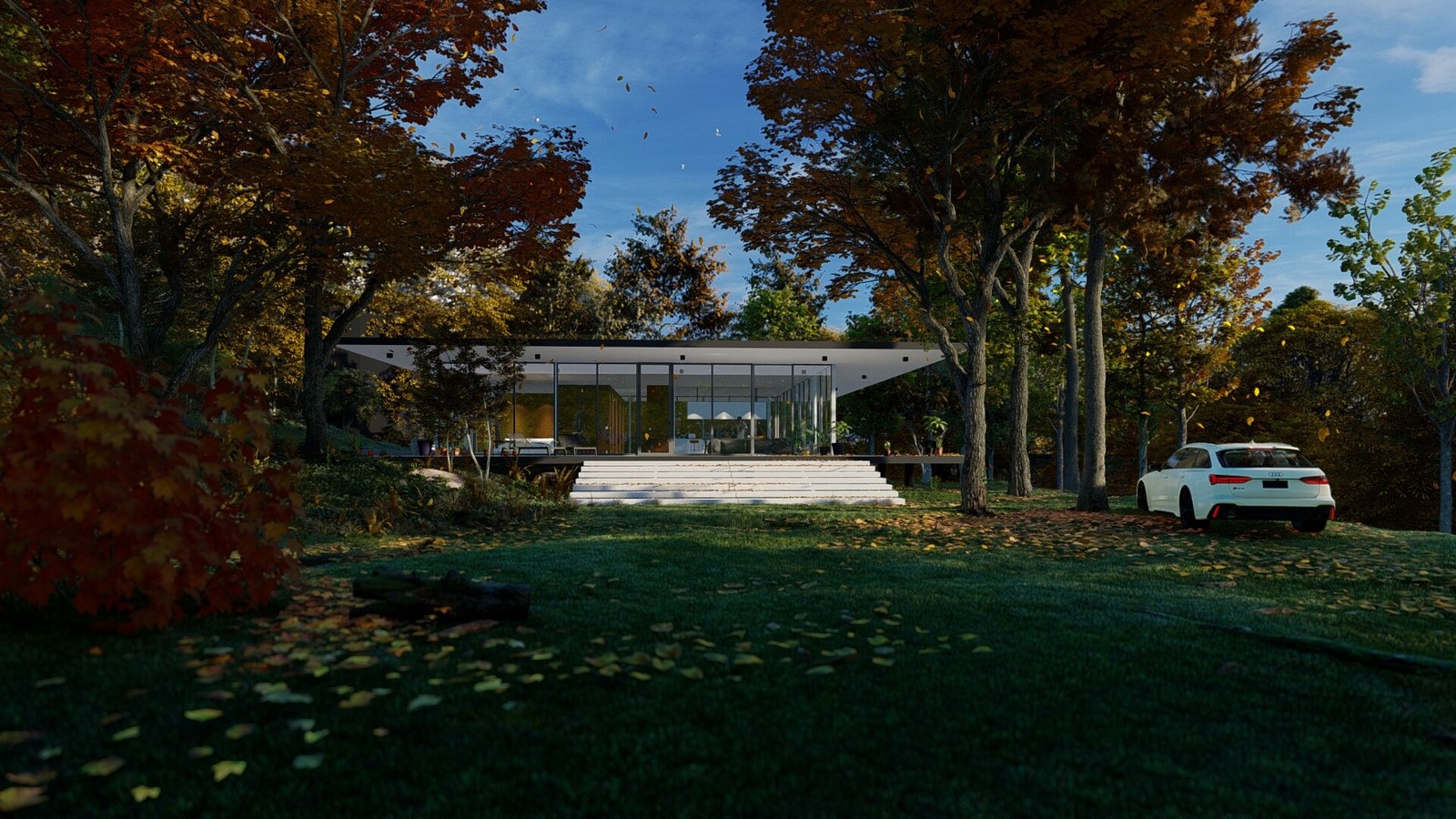
Developing a virtual reality platform that allows architects to visualise and manipulate 3D models of their designs in real time: This idea involves creating a virtual reality platform that architects can use to visualise and manipulate 3D models of their designs in real time. This platform would enable architects to understand better how their designs will look and function in the real world and to make changes to their designs on the fly.
There are several such virtual reality platforms available that architects can use to visualise and manipulate 3D models of their designs in real-time. Some popular options include Unity, Unreal Engine, and SketchUp Viewer. Each platform has strengths and weaknesses, so architects may want to try several different platforms to see which works best for their needs.
Using augmented reality technology to overlay digital design models onto real-world environments, enabling architects to test how their designs will look in context: The idea here involves using augmented reality technology to overlay digital design models onto real-world environments, allowing architects to test how their designs will look and function in context. This technology is particularly useful for architects who are designing buildings in urban environments with limited space or other constraints that need to be considered.
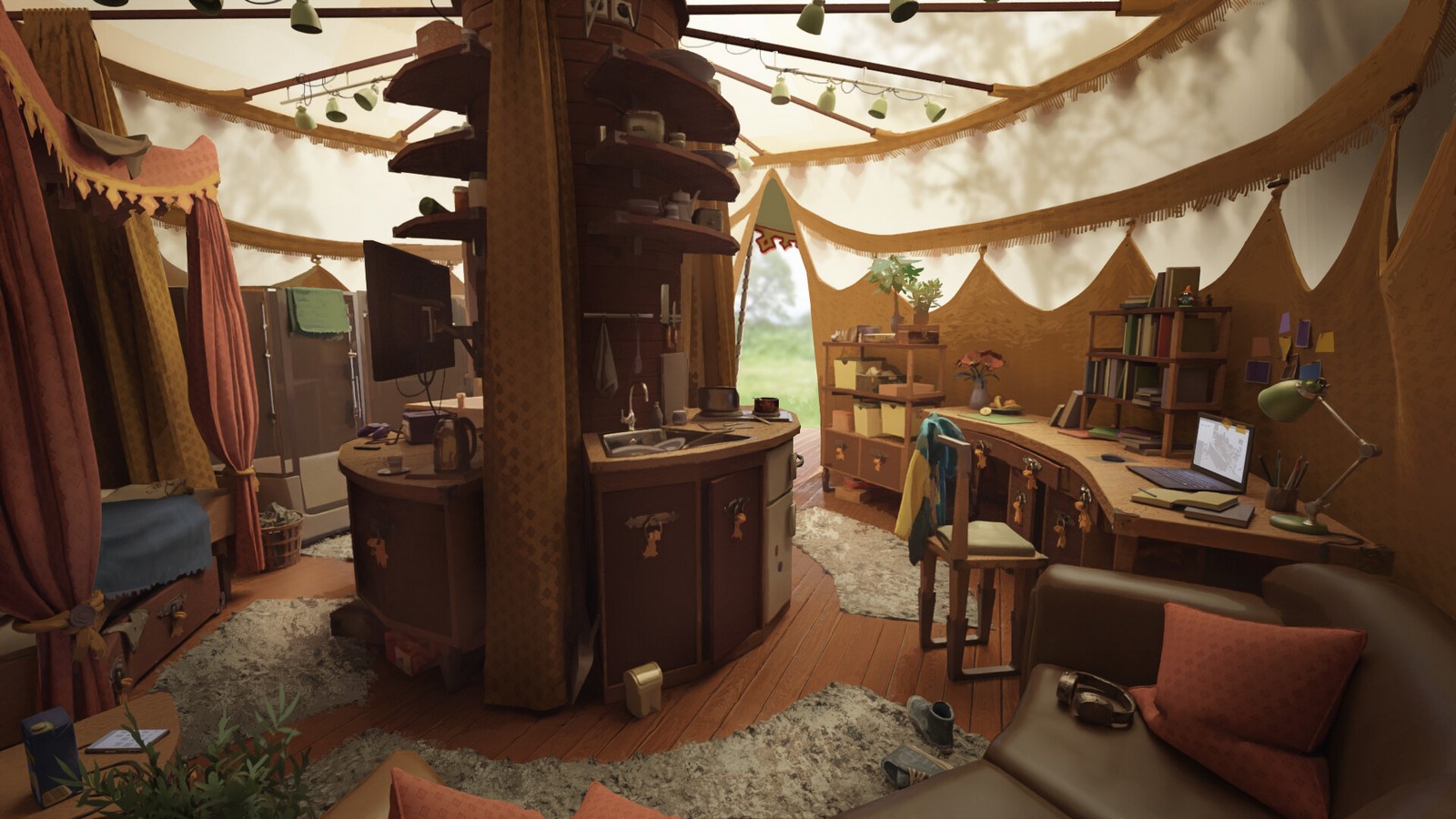

One example of using augmented reality technology to overlay digital design models onto real-world environments is the Trimble SiteVision system. This system allows architects and designers to view and interact with 3D models of their designs in the real world using a handheld device such as a tablet or smartphone. The system uses GPS and other sensors to track the position and orientation of the device, allowing the 3D model to be accurately overlaid onto the physical environment.
Using SiteVision, architects can walk around a site and view their designs in real-time, seeing how the building will look and function in the surrounding environment. They can also make changes to the design in real-time, allowing them to quickly test and refine different design solutions. Additionally, the system can measure distances and angles, making it useful for site surveying and construction layout tasks.

Creating a virtual reality training program allows architects to practice designing and constructing buildings in a simulated environment and using AI to analyse data on building performance and user behaviour to inform design decisions and improve building functionality. AI can analyse data on building performance and user behaviour to inform design decisions and improve building functionality. By analysing data on factors such as energy consumption, temperature, and user behaviour, architects can identify areas where improvements can be made to optimise building performance and energy efficiency.
There are a lot more ways in which these technologies can assist us. Future Realities will be high-integrity and conscious models that can execute tasks independently. In architecture, building information models (BIM) are becoming more accurate thanks to IoT sensors which can be implemented across cities. These mixed and extended realities can help make Digital twins more accessible and open to everyday humans. With 3D models living on cloud and edge servers, virtual models can become ‘breathing’ walkthrough environments with existing and proposed architecture and urban planning futures. It is also true that in the distant future, we might even have conscious AI virtual aids like robots, holograms, and virtual characters, which will assist us with all aspects of our lives.

Overall, the use of virtual and augmented reality and AI in architectural design is an exciting development that has the potential to transform the way architects approach their work. As these technologies continue to evolve and become more sophisticated, we can expect to see even more innovative applications in the field. What we do today as architects and designers will be a small fraction of cyberspace one day. We will have human-centric and adaptive cities powered by this extended reality in the future.]
References:
- Rosenberg, L.B., 2022. Augmented reality: reflections at thirty years. In Proceedings of the Future Technologies Conference (FTC) 2021, Volume 1 (pp. 1-11). Springer International Publishing.
- Gaffar, A.A.M., 2021. Using Metaverse to Rebuild Non-reachable or Ruined Heritage Buildings. International Journal of Architecture, Arts and Applications, 7(4), pp.119-130.
- Gomez-Tone, H.C., Manchego-Huaquipaco, E.G. and Calcino-Caceres, M.A., 2021, October. The digital perception of architectural space. In 2021 62nd International Scientific Conference on Information Technology and Management Science of Riga Technical University (ITMS) (pp. 1-6). IEEE.
- 13+ AI applications & use cases of augmented reality in 2023 (no date) AIMultiple. Available at: https://research.aimultiple.com/ar-ai/ (Accessed: May 4, 2023).






















